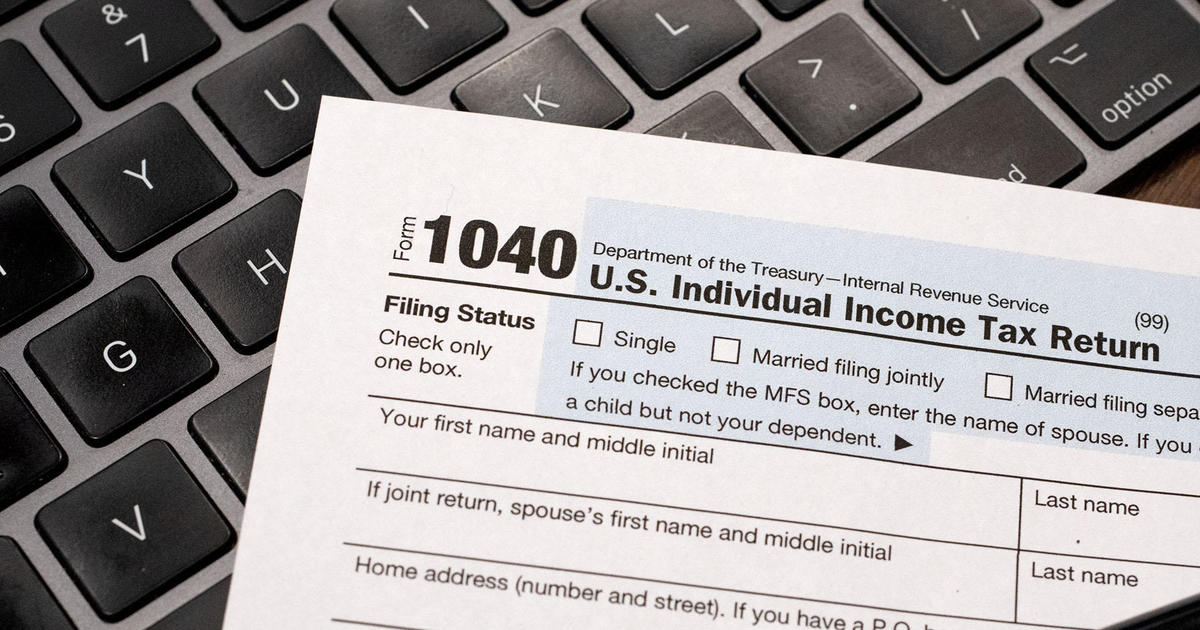Saving For College: U.S. Savings Bonds
BOSTON (CBS) - This was the first program available to offer any kind of a tax break for parents trying to save for college but now there are better alternatives available.
Both I Bonds and EE Bonds purchased after 1990 can be used for the Education Bond Program, a program designed to allow a tax exclusion for savings bonds' interest when used to pay for college tuition and fees. There are some strict requirements to meet, though.
The bonds must be in the parent's name, not the child's. If grandma wants to gives the kids savings bonds for college, she needs to purchase them in mom or dad's name. The person purchasing the bonds must be over age 24. The costs of books and room and board are not considered qualified expenses. If we look at the $23,000 price tag for a year at UMass, over half, $12,612 is for tuition costs.
You aren't required to indicate that you intend to use the bonds for educational purposes when you buy them. So you can be saving for college in a 529 plan and have savings bonds as a back-up. The bonds are in the parent's name so they are not considered an asset owned by the child for financial aid.
There are income limits as to who can use the program. These limits are for the year you cash in the bonds, not the year you are purchasing them. For this year, single taxpayers have the ability to use the bonds tax-free if their income is under $70,100 and not more than $85,100.
For married couples filing jointly or qualified widow(er)s, the exclusion phases out once you are over $135,100. These numbers are indexed for inflation annually and these limitations are only for the individual claiming the exclusion, usually the parent.
So should you use Savings Bonds for your college savings? Not right now. If you have some older bonds you can use those but I would not recommend purchasing new bonds right now. The interest rates are lousy! EE Bonds are currently paying a little more than 1% which is fixed for the life of the bond.
And the I bonds' fixed rate is around zero but there is an inflation factor. The composite rate is close to 5%. Rates are adjusted every 6 months, May 1 and November 1.
You are limited to the number of bonds you can purchase annually; $10,000 of face value for each type of bond. This is down from $30,000 that once was the limit. There is no limit to the amount you can accumulate though.
Soon (1/1/12) you will only be able to purchase these bonds online thru the Treasury's website or through programs where you work. Paper bonds will no longer be available.



